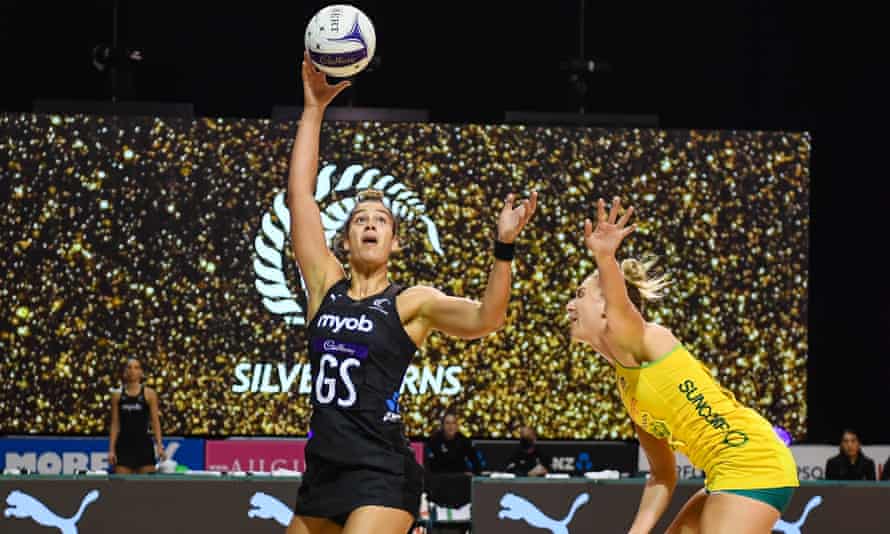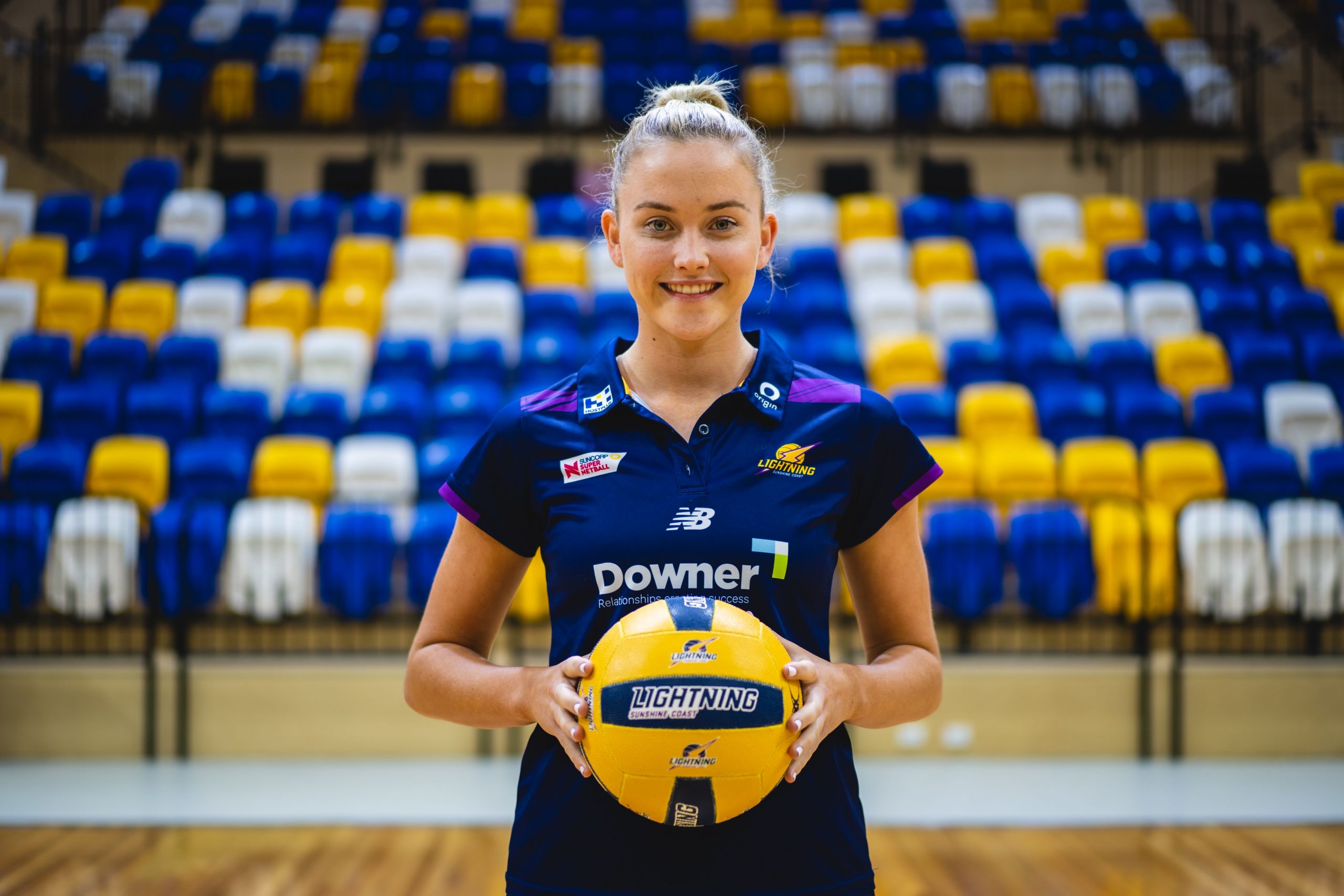LAST weekend saw the 2024 Netball Nations Cup finish up and Australia win the crown yet again. But what do the stats tell us about how the four day tournament unfolded? Let us take a deep dive into some of the more crucial stats from the tournament and see what interesting information can be found.
GOALS AND SHOOTING PERCENTAGE
Despite some of the margins that were seen at the Nations Cup, ultimately the shooting stats proved to be pretty even.
Unsurprisingly Australia shot the most goals, but their final tally of 256 was only 34 more than fourth paced Uganda’s. New Zealand shot the second most, but they were 22 goals behind Australia and six in front of third placed England.
However, the total shooting accuracies for the tournament tell a very different story. New Zealand were the most accurate of the four teams, followed by Uganda, then Australia and bringing up the rear was England.
If we take an even deeper dive into the individual stats, for the victorious Australians it was Sophie Garbin who was the most prolific shooter with 88 goals, but it was actually Cara Koenen who was the most accurate, but was only 0.35% more accurate than Garbin.
For England Eleanor Cardwell had the most goals with 126 and was the most accurate, but the other podium places is where things start to split. Helen Housby finished with the second highest goal tally, but Berri Neil was the second most accurate, only missing one shot for the series.
For New Zealand the correlation between goals scored and accuracy is a little more straightforward. By far Grace Nweke was the most prolific shooter for the Silver Ferns, and was the most accurate by a decent margin too. She scored 165 more goals than second placed Georgia Heffernan.
For Uganda unsurprisingly it was Mary Cholhok who topped their goal shooting tally with 159 goals, but she was not the most accurate shooter, she was in fact third on that tally. The She Cranes’ most accurate shooter was in fact Shadiah Nassanga, who only missed one shot for the tournament.
FEEDS AND ASSISTS
In terms of the feeds and assists, one country won both categories but the second and third places in each category were not the same in both categories.
Australia won both the categories (220 and 360 respectively), but for assists it was New Zealand second and England third, but for feeds the Silver Ferns and Roses were the other way around.
Australia only had one more assist than New Zealand did, but completely dominated the feeds category, finishing with 31 more than second placed England.
Australia’s success in both categories is largely thanks to captain Liz Watson, who dominated in both categories to finish the series with 114 feeds and 70 assists. This is quite the contrast to the likes of Nat Metcalf (105 feeds and 59 assists), who was the leader in both categories for England.
However, Watson was not the tournament leader in either category. That goes to Margret Baagala, who won both the feeds (133) and assists (74) categories.
Australia, England and Uganda had the same player lead both the feeds and assists categories, but New Zealand did not. Whitney Souness recorded the most feeds with 81, but Georgia Heffernan had the highest assists numbers with 54.
DEFENSIVE MOVES – GAINS, INTERCEPTS AND DEFLECTIONS
Moving on to look at gains, intercepts and deflections, and unsurprisingly Australia won all three of those categories, but did not truly dominate any of them. They only recorded one more gain than second placed New Zealand, five more intercepts than second placed England and six more deflections than the second highest country New Zealand.
For the Diamonds, it was Courtney Bruce who absolutely dominated the gains, intercepts and deflections categories, recording 10, six and 11 respectively. From a purely Diamonds’ perspective, she won the gains category by six, and the intercept and deflections categories by three each.
This is an interesting contrast to a team like England, who had a different leader in each category. Razia Quashie won the gains category with seven, Fran Williams had the most intercepts with five, while it was Funmi Fadoju who recorded the highest number of deflections with 11.
For New Zealand it was two staples that shared the honours. Kelly Jury’s seven gains was the highest among her team mates, while Karin Burger won the intercepts and deflections categories with five and 13 respectively.
Uganda was in a similar situation to the Silver Ferns. Falidah Kadondi won the gains and intercepts with eight and five respectively, while Sandra Nambirige had the highest number of deflections for the She Cranes with nine.
CHANGES AND MINUTES
With the new rules surrounding rolling substitutions and position changes, managing players and timing changes is more crucial than ever.
Perhaps unsurprisingly, this tournament saw a correlation between the number of changes (including substitutions and position changes that did not involve substitutions) and the number of players each team used.
England made the most amount of on court changes and used the most number of players, but was only 1 ahead of second placed Australia in both categories.
New Zealand made 19 more on court changes than Uganda did, but used the same number of players as the She Cranes did.
There is also a correlation for all four countries between the number of changes a side made, the number of players they used and how many minutes the player who played the most minutes played.
Uganda used the least number of players and made the least number of changes, and also had three players who played all 240 minutes of the series (Cholhok, Baagala and Irene Eyaru).
New Zealand on the other hand only had one player play the whole 240 minutes of the tournament (Nweke) while neither Australia nor England had any. The player that played the most minutes for Australia was Bruce at 212 minutes, while England’s was Housby with 225 minutes.








